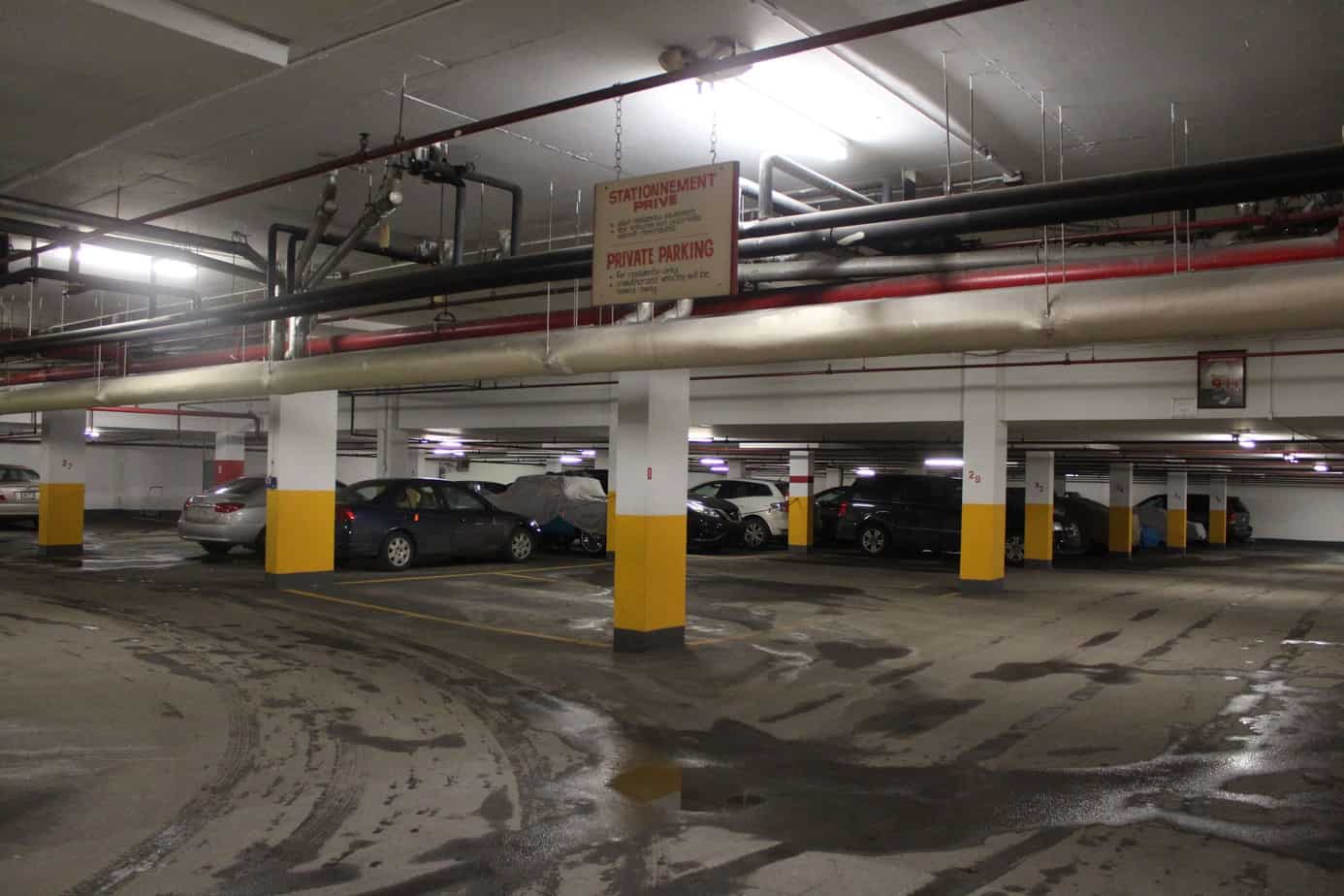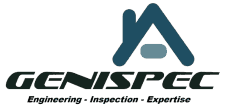Applying the best maintenance practices helps preserve the safety and longevity of your real estate investment. Through thorough maintenance, the risk of costly damages are greatly minimized.

Inspection of your underground parking
If your underground parking facility has at least one traffic-bearing surface not resting directly on the ground, it qualifies as a multilevel parking facility. Therefore, you must comply with Law 122, which requires mandatory inspections every five years. Even if this case doesn’t specifically apply to you, we still recommend regular inspections to prevent potential issues.
Why is a multi-storey parking lot inspection important?
An underground parking inspection is essential in Quebec due to extreme weather conditions, such as freezing and thawing cycles, moisture, and the use of de-icing salts, which accelerate infrastructure deterioration.
Without regular inspections, minor damages may go unnoticed and turn into costly problems. Such damages can cause serious accidents, therefore compromising the safety of people using your parking.
What Does a Genispec Inspection Involve?
Genispec provides specialized engineers, members of the OIQ, to conduct precise inspections of your underground parking facility.
Our inspections cover the assessment of concrete conditions, expansion joints, reinforcement corrosion, and surface waterproofing. Our experts use advanced diagnostic tools and offer clear, detailed recommendations.
Repairing Your Underground Parking
Following a comprehensive inspection, certain problems may be detected, requiring repairs:
Below are the five most common types of repairs performed:
Repairing concrete cracks
Cracks in concrete are common issues in underground structures. If left untreated, they can lead to water infiltration, accelerated deterioration, and loss of structural integrity. Several techniques such as epoxy injection can be used to seal cracks and prevent their expansion.
Repairing or replacing expansion joints
Expansion joints play a crucial role in absorbing structural movements caused by temperature variations and external loads. When those joints get damaged, cracks and structural deformities can happen. Replacement or reinforcement is sometimes necessary to guarantee that they function properly.
Treating corrosion of reinforcement bars
Corrosion of steel bar reinforcement within concrete can compromise the structure’s stability. To slow or stop the progression of corrosion, protective coating and chemical treatments exist and can be applied to the structure.
Repairing traffic-bearing surfaces (slabs)
Damaged traffic-bearing surfaces can pose risks to users and vehicles of the underground parking. Restoring their condition through repairs and reinforcements using durable materials is often necessary to ensure their resilience through time.
Replacing or repairing waterproofing membranes
The waterproofing membrane plays a critical role in protecting against water or contaminant infiltration of an underground structure. If it’s defective, repairs or replacement may be required in order to keep the structure dry.
Preventive maintenance for your underground parking
Building inspections, including its parking, as well as subsequent repairs, are not enough on their own to protect your precious real estate investment. Problems must also be prevented before they arise!
Preventive maintenance is essential to extend the lifespan of underground parking and minimize long-term repair costs. At Genispec, we recommend regular maintenance practices to keep your underground parking in the best condition possible.
Here are the three main ways to maintain your parking and prevent costly repairs:
Regular cleaning of floor drains
Floor drains should be cleaned regularly to ensure effective water drainage and prevent the accumulation of moisture. Poor drainage can lead to infiltration, corrosion, and other costly structural issues.
Washing concrete slabs to remove salts and contaminants
De-icing salts and other contaminants can accelerate concrete degradation and corrode reinforcement. Periodic washing of the slabs removes harmful substances and preserves the structural integrity of your multilevel parking.
Inspection and maintenance of expansion joints
Expansion joints absorb building movements caused by temperature variations and extreme external loads. Regular maintenance ensures their proper functioning and helps prevent cracks and deformations that may damage the entire structure.
Documentation and compliance
It is essential for your underground parking to comply with regulatory requirements. Bill 122 mandates that condominiums document all maintenance and inspection activities. Genispec offers building maintenance handbooks that compile all information on maintenance, repairs and inspections. The handbook ensures precise traceability, regulatory compliance and simplifies the management of your infrastructure.
Maintaining underground parking facilities is crucial to ensuring safety, compliance, and the longevity of the infrastructure. By applying meticulous practices, you protect your investment and ensure optimal building management, all while adhering to current provincial regulatory requirements.
